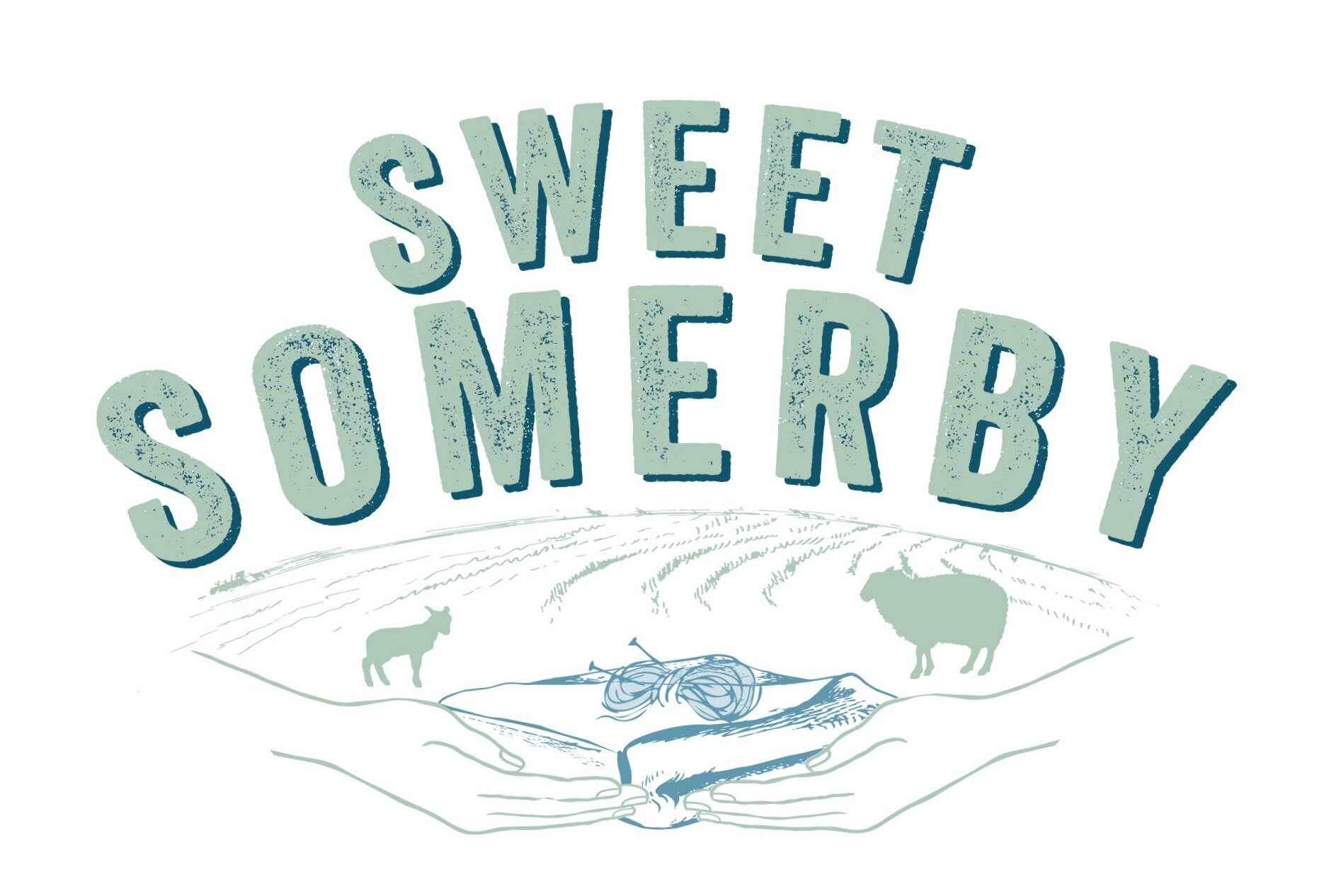Benedetto EU Linen


Benedetto EU Linen
A painterly check of sage greens, natural and very pale chartreuse yellow. European laundered linen, tumbled at the mill for softness. This linen is yarn dyed, meaning the yarns are dyed before being woven. This linen is produced in small batches in Eastern Europe where there is a strong heritage of spinning and weaving linen fabric.
Suitable for dresses, tops, loose trousers, and slouchy jackets.
Sage greens, natural and very pale chartreuse yellow.
100% linen.
147cm wide.
200gsm or 5.9oz.
Pattern repeat 4.8cm. Square size 1.25cm.
Please note: this cloth has a directional print, so if you are pattern-matching, all pieces should be cut in the same direction down the length of the cloth. This may mean that you will need slightly more cloth to complete your project.
Wash at 30 degrees with a non bio detergent. Do not tumble. Shake out and dry flat.
This linen is Oeko-Tex certified.
More about linen:
Linen is naturally stain resistant, does not pile, and is moth repellent. It is easy to wash as it can sustain high temperatures, is has very little if no shrinkage and is very strong.
It is anti-bacterial, anti-fungal, hypo allergenic and thermoregulating, it will also absorb up 20% moisture before feeling damp.
As the linen fibers have low elasticity (which causes it to crease) it will wear in any areas that are repeatedly folded in the same place for a long time, however it does have much better abrasion resistance than say cotton.
Eco Credentials:
Flax is a strong plant best grown in northern Europe. It needs little or no fertilizers and due to the local climate, little extra water. It doesn’t really require many pesticides either as it can grow in poor quality soil. The Advisory Commission Report to the European Parliament stated that flax cultivation has positive effects on eco-system diversity as it allows for an “environmental pause”. One hectare of flax can retain 3.7 tonnes of CO2. Every part of the plant is used, what isn’t used to produce linen can be used to make linseed oil, paper, cattle feed or even soap.
Linen is therefore almost naturally organic. It is completely biodegradable, recyclable and due to its natural absorbency, it requires less dye than cotton. Linen therefore scores high on the ecological chart.
Pricing: All fabrics are priced per 1/2 yard. Fat 1/4 yards are available upon request via email.
